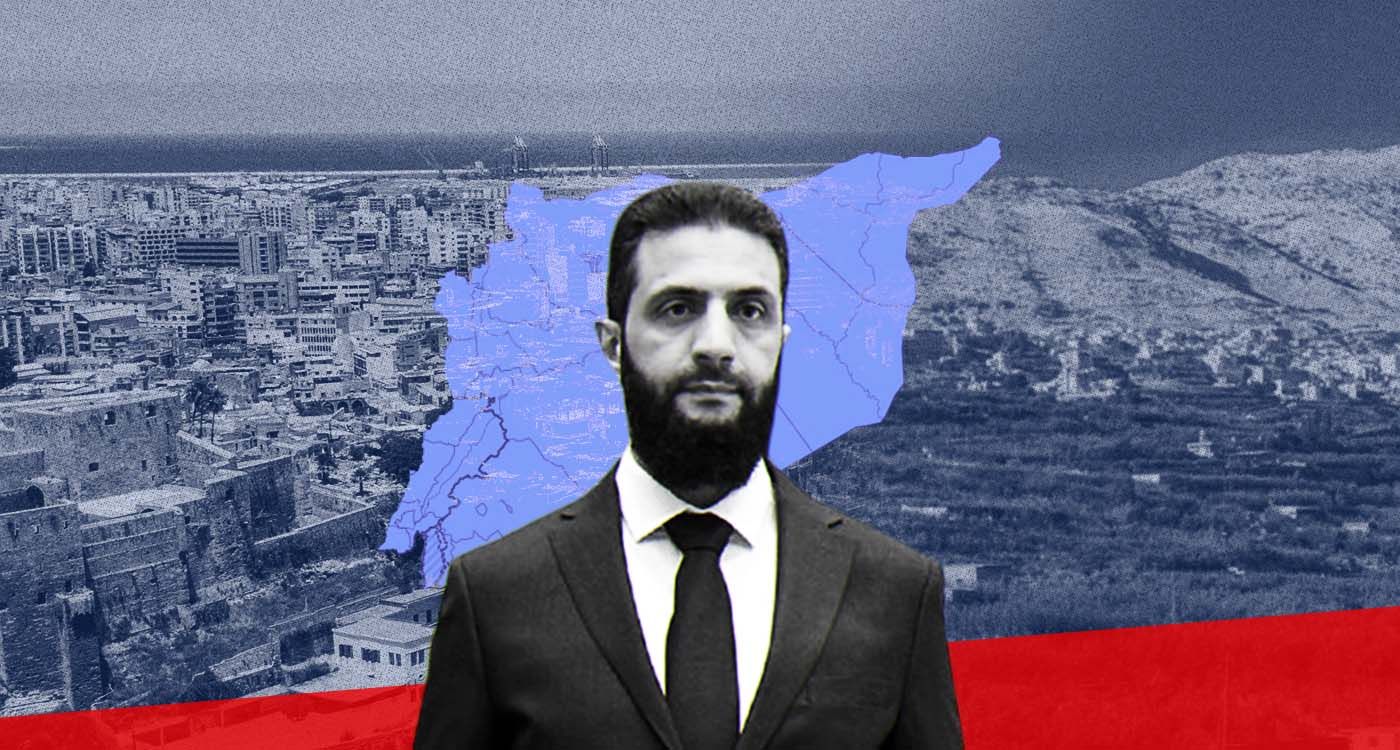
Israel is keenly aware that the Middle East’s numerous religious minorities harbor deep-rooted anxieties. As for the religious majority—namely, the Sunni community—its historical perspective is shaped less by the framework of modern nation-states and more through the prism of empire, inherited from the Ottoman era and substantially diminished following the empire’s collapse on the global stage.
From this vantage point, Israeli media published a report that was far from innocuous, asserting that Syrian President Ahmad al-Sharaa had offered to relinquish two-thirds of the Golan Heights in exchange for control over Tripoli, as part of peace negotiations with Israel. The message was clear: Syria had officially and unequivocally entered formal negotiations with Israel. Simultaneously, it managed the issue with strategic finesse—seeking to mitigate potential public backlash by framing the move as an effort to broaden its political influence and reestablish itself as a Sunni anchor in the region through the symbolic significance of Tripoli.
The relationship between Syria and the Sunni community was strongest prior to the Baath Party’s rise to power, and a baseline stability was maintained under Hafez al-Assad’s rule. However, Bashar al-Assad breached established norms and dismantled longstanding agreements, alienating the Sunni population in a single rupture—a breach that precipitated the crisis culminating in his ousting. With al-Sharaa’s return to power, Syria’s historic role as a Sunni stronghold has been restored, repositioning the country at the center of Middle Eastern politics—particularly given Egypt’s absence and Saudi Arabia’s withdrawal from direct regional engagement, effectively ceding influence to Syria.
Nevertheless, for al-Sharaa’s Syria, Tripoli holds limited strategic importance for several reasons. While Tripoli—and Abdul Hamid Karami in particular—rejected the notion of Greater Lebanon until 1936, official focus, notably under Camille Chamoun with the Abou Ali River master plan and later under Fouad Chehab with the Tripoli International Fair, firmly reintegrated Tripoli into Lebanon, curbing ambitions of union with Syria. Yet, the postwar neglect of Tripoli by the Lebanese state, coupled with the Alawite-dominated Syrian regime’s repression of Sunnis in Lebanon, has rekindled these Sunni aspirations—coinciding with al-Sharaa’s return to political prominence.
Syria, which once depended on Tripoli before Lebanon’s independence for access to a port, now relies on Tartus and Latakia. The necessity of Tripoli would arise only if the region underwent sectarian partition and Syria’s two ports were transferred to an Alawite-led state—an outcome that remains unlikely in the foreseeable future.
Still, the narrative surrounding Tripoli reclaiming its status as “Tripoli of the Levant” is no coincidence. It awakens deep-seated sectarian loyalties within the region’s fractured states, a development that poses significant risks. Such dynamics threaten to draw the entire region—minorities ranging from Alawites to Shiites, Druze, Christians, and Kurds—into demands for greater autonomy over their respective territories. This may well come to define the configuration of the new Middle East.



Comments